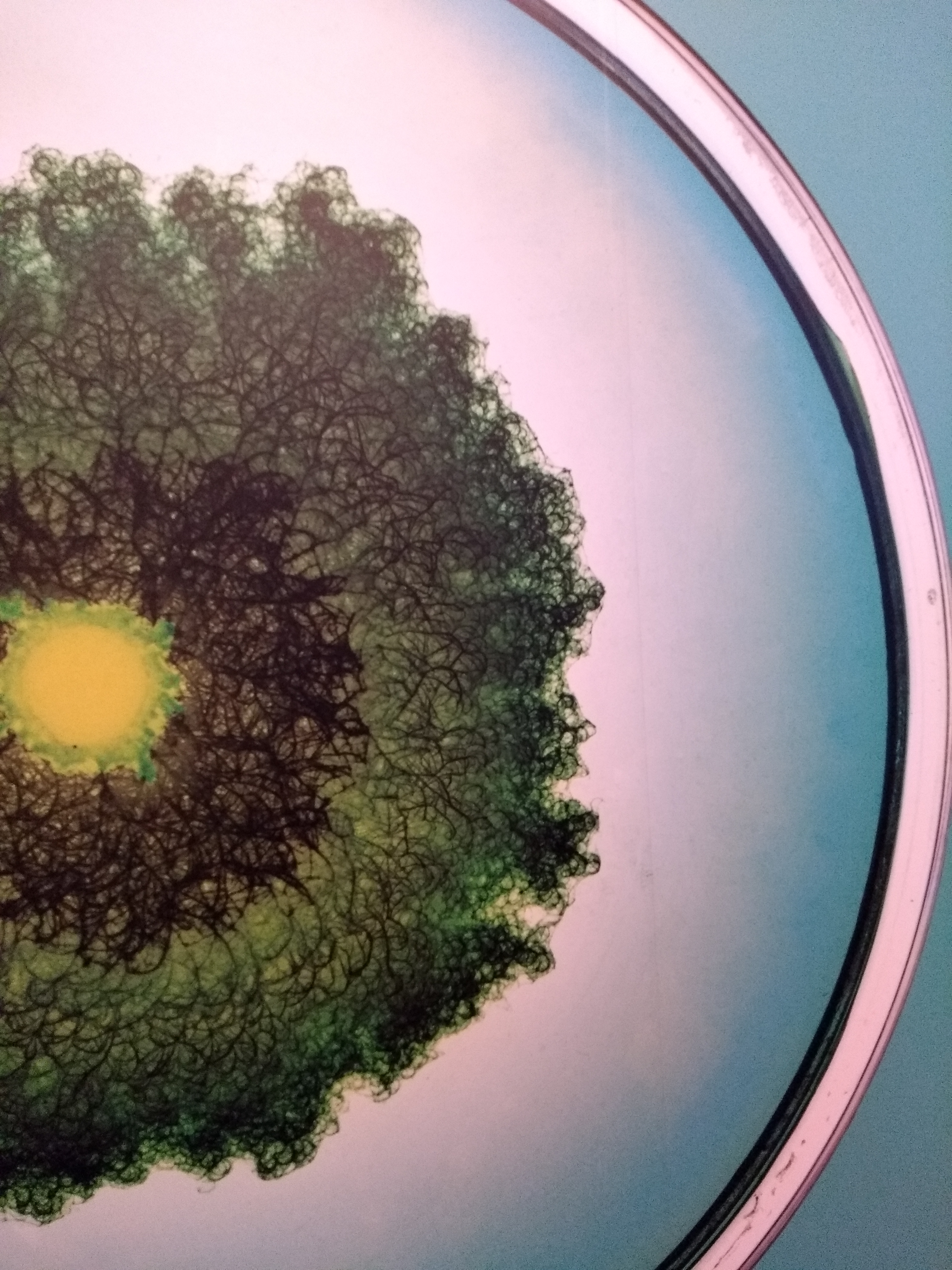For the beginning of my bacteria research I looked into the most common bacteria found in certain areas of the home and body. Firstly for the home, I looked at the kitchen and the bathroom to refine my search. Similar bacteria is found in both rooms.
I then looked at the body and focused on bacteria found in a man’s beard, someone’s mouth, hands and throat. Surprisingly out of all the areas I researched the beard was the most bacteria-free! I found out that beards are actually like ‘natural sponges’ – men with clean shaven faces are actually more likely to have bacteria.
For my research I also found an article about all the creepy-crawlies and bacteria that lives within our home. This article definitely gave some context to all the names of bacteria I had previously found on the internet. The article interestingly highlights that we should be thriving off our 5,000 or so bacteria/ insect ‘housemates’ – they help more than you think towards keeping the ‘bad’ bacteria away.
“I know that I shed 50m flakes of skin every day, providing food for thousands of bacteria, and that cockroaches are basically our perfect inter species Tinder-match.”
I love that the article confronts our absurd relationship with cleanliness. It picks up on our instincts to kill spiders or spray all the bacteria on our surfaces into oblivion, and that we could be (ARE) killing vital allies in the process of wiping out ‘bad’ bacteria from out homes. The scientist ‘wants us to see our homes the way we see our gardens. There are pests and pathogens we need to control – those that make us sick – but we also want to preserve the diversity’ and essentially look after the ‘good’ bacteria of our home.
The article provided some useful facts towards my project too. Especially when it mentioned bacteria found within the bathroom and kitchen. In particular bacteria found in the swabs of shower heads within the biofilm (the ‘gunk’) – they discovered a pathogen that is linked to lung disease in people with weak immune systems. In addition to this the scientist focuses on the salt jar and food – saying that all food is “alive!”:
“almost every crystal of salt has bacteria inside, and when you put salt onto your food those bacteria are contributing to the flavours” – pretty gross to think about.
The main aim of the article was to engage people in the idea of keeping some creepy crawlies in their home to look after the ‘bad’ bacteria. It is suggested that high biodiversity of all bacteria in the home is the most useful place to be, helping us live with bacteria and build up great immune systems.
My next steps was to research the shapes of the specific bacteria, finding shapes and patterns I can work with to create interesting surface pattern designs. Here are some images I found online:
I found it hard to use these images when creating art about bacteria. With the images being animated the aspect of organic and natural shapes was lost in the use of geometric shapes and new colours. I then realised I should be looking at images of my particular bacteria under the microscope:











































